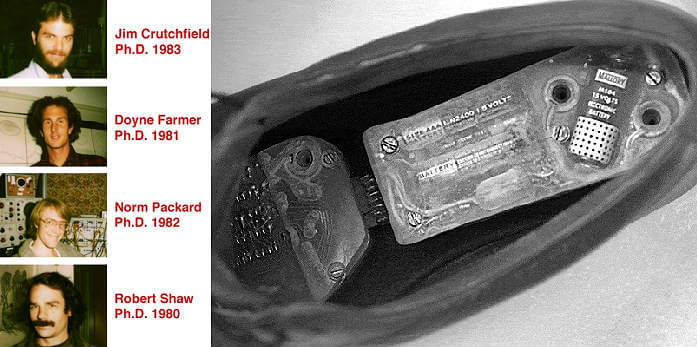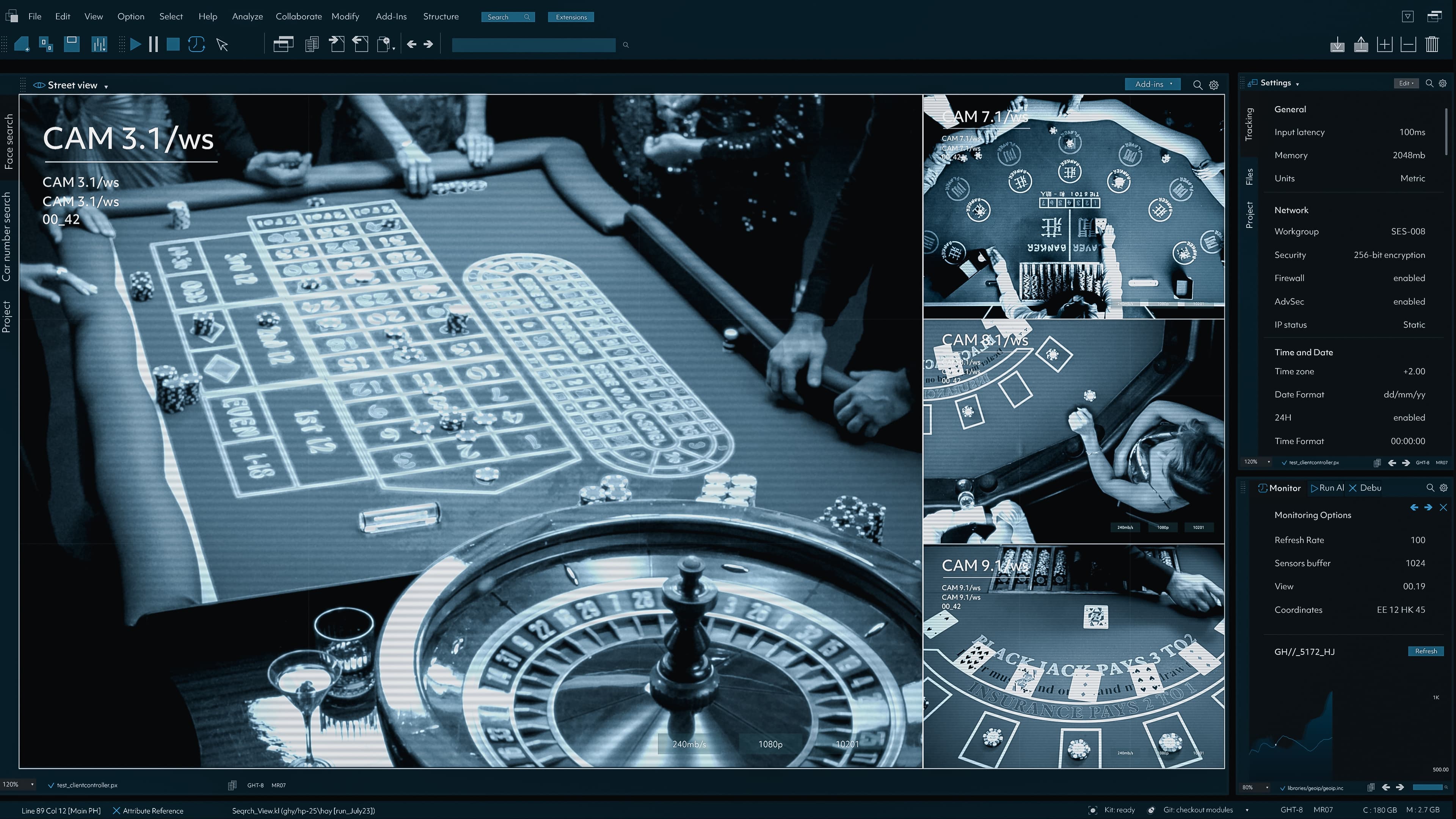There's a supposed Einstein quote: "The only way to make money at a roulette wheel is to steal it when the dealer isn't looking." True or not, roulette cheating has been attempted countless times throughout casino history. Some roulette cheats succeeded spectacularly; others faced arrest or worse. Modern casino security has evolved dramatically, but these four methods actually worked (at least once).
Here are some cheats that have actually been applied to roulette. I am not suggesting that you should do anything funny while at the roulette table. These are only for your information and entertainment. Casino security personnel are aware of these tricks – or they should be – and they are not very friendly to cheaters.
The 4 roulette cheat methods that have actually worked are:
- Sleight of Hand
- Roulette Computers
- Biased Wheels & AP
- Rigged Wheels, Balls & Magnets
Sleight of Hand Roulette Cheating
The pro cheaters are often posing as players in high-action roulette tables. Their techniques involve extreme misdirection and perfect sleight of hand skills, acquired after years of practice.
What if you could make a bet after the ball has landed on the wheel? Well, there are people who can do it and have done it. Welcome to the art of Past Posting.
Have you noticed that when the ball lands, the croupier puts a piece of fiberglass on top of the straight-up bets on the winning number? This little item is called "Dolly", and casinos started using it to deter cheaters from putting chips on the winning number after the ball has landed.
This should tell you how widespread the trick of late betting was and still is.
Since casinos made it almost impossible for cheaters to bet directly on the winning number for a 35 to 1 payout, the sharks focused their "skills" on the outside bets.
Here is a demonstration of how it is done: There are various methods of past posting. The undisputed master of this type of technique is the famous casino cheater Richard Marcus. In his own blog, you can read how he performed special cheating moves and tricks like The Savannah, The Roulette Mix-Up, and The Roulette Section.
If this article interests you, keep reading. Alternatively, explore other topics like roulette strategy and how to play roulette.
The Chip Cup Scam
The Chip Cup scam involves teaming up with a croupier and using a little plastic prop called Chip Cup. The croupier then gives you hundred dollar chips, instead of five dollar ones, when you exchange your money. Watch this video to see how it's performed.
Chip Theft
Using distraction techniques and fast, perfectly coordinated moves, tricksters, often working in teams, can steal colored chips from other players' stacks or the bets on the table or even from the dealer.
Roulette Computers: The High-Tech Roulette Cheat
No article about roulette cheats would be complete without exploring the use of roulette computers. They are a huge issue in roulette. There are opposite views about them.
Some say they don't work in real casino conditions, and the people who sell roulette computers to wannabe cheaters are scammers themselves. Others claim that they are the only way to make a scientific prediction and win.
Then there are those who would never use an illegal device in a casino and end up in jail or beaten up by casino security. And some others go to great lengths to find casinos in faraway countries where the use of computers inside is not strictly prohibited.
How do Roulette Computers Work?
Every roulette computer setup is different, and that's why it gets hard to understand how they work. They are usually a group of various small devices that do different things:
- The tracker – A device that records the data of the wheel, either by human input or laser scanning. The tracker device registers the speed of the wheel track and of the roulette ball, and their relative position.
- The calculator – A program that is on a stand-alone device or embedded in a smartphone. It takes the data from the tracker and, by doing complex calculations, tries to almost instantly predict where the ball will land.
- The earpiece – The prediction by the calculator is then transmitted by audio to the player via an earpiece.
In theory, this concept might work. Take measurements, using physics equations calculate where on the wheel the ball will land, and transmit this info to the player to make the correct bet. There are also some cases that prove that the idea of roulette computers can work in practice.
Historical Examples
The Eudaemons, a group of four UCSC students, had moderate success in Las Vegas casinos in the '70s using some sort of roulette computer, which they hid in their shoes. They made in excess of $10,000, but an incident in which the insulation failed and the solenoid burned one of the players brought the project to a screeching halt.

Before them, in 1961, Edward Thorp, the mathematician who wrote the first book on how to count cards in blackjack, Beat the Dealer, and the father of electronic communications and information theory, Claude Shannon, had created their own roulette computer. This was actually the first wearable computer ever made.
In lab conditions, it worked brilliantly, but real life posed some unique challenges that the professors had a hard time overcoming.
In 2004, two Serbian men and a Hungarian woman won over £1.2million in two visits to the Ritz casino in London. After the casino reviewed their game, as recorded by the security cameras, they concluded that the players used a laser scanner and roulette computer to beat the wheel.
Subsequently, they were arrested and their funds were frozen. However, the players were ultimately allowed to keep their winnings because no hard evidence has been found of any wrongdoing.
Why Roulette Computers Aren't Viable
I don't consider roulette computers viable. Here's why:
- Illegal – Criminal charges in most jurisdictions.
- Detection – Casinos use device detectors at entrances.
- Heightened awareness – Post-2004 Ritz incident, casinos actively hunt for users.
- Impractical – Exact measurements under pressure are nearly impossible with limited betting time.
- Unreliable – Most sold devices make wrong predictions.
- Seller profits – If they worked, sellers would use them, not sell them.
Roulette computers are an unfavorable bet. You'll more likely lose money buying one than get rich using it.
Now, how about if you could make all the calculations of a computer in your head? Wouldn't that be great? Check out this video.
Biased Wheels and Advantage Play
Advantage Play means taking advantage of inefficiencies in the way the game is performed. One such "inefficiency" is the bias the roulette wheel can show in favoring specific numbers.
Despite the expertise and high quality control of roulette manufacturers, a wheel can never be 100% perfect; there will always be imperfections that will slightly favor a sector. This little bias can get worse if you add the wear and tear of old wheels, especially if they are not often tested and serviced. The advantage player spots and exploits these biased roulette wheels.
García Pelayo: The Master of Biased Roulette Wheels
The most famous bias player is García Pelayo from Spain. In the 1990s, he collected data on thousands of roulette spins of various roulette wheels at Casino Gran Madrid. Then he analyzed the data with a computer program and identified a strong bias in some of the wheels.
Pelayo, together with his family, went on and did the same bias attack in various casinos all over the world. His story became a documentary and a movie.
Rigged Wheels: Casino Roulette Cheats
There have been rare reports of cheaters rigging roulette wheels or putting an extremely small undetected magnet onto the ball in order to control it remotely. This is done when the casino is closed to the public and sometimes with the cooperation of corrupt casino staff.
In the 1800s, Pierre Dugal, when the casino closed its doors, hid in the toilet and when all the staff went away, he rigged the roulette wheel to hit specific numbers more often.
In 1973, Monique Laurent became known as the Frenchwoman with the cigarette pack. With the cooperation of her brother, who worked as a croupier, she rigged the roulette ball with a miniature radio receiver and then controlled it with a transmitter hidden in a supposed cigarette pack. Over a period of time, the team "won" over $1 million until they were busted.

Roulette Cheats: Frequently Asked Questions
Can you cheat at roulette?
Historically yes, but modern casino security makes it extremely risky. CCTV cameras, RFID chips, and trained staff catch most attempts today.
Is roulette cheating illegal?
Most methods are illegal. Advantage play like tracking biased wheels is a grey area. It’s not criminal, but casinos will ban you.
Do roulette computers work?
Theoretically possible, practically impractical. They're illegal in most jurisdictions and casinos use electronic device detectors.
Can you cheat at online roulette?
No. Online roulette uses certified random number generators. Live roulette games have multi-angle cameras and monitoring systems that flag anomalies immediately.
What's the most successful roulette cheat?
García Pelayo's biased wheel exploitation won millions legally. For illegal methods, the 2004 Ritz Casino laser team took £1.2m before arrest.



